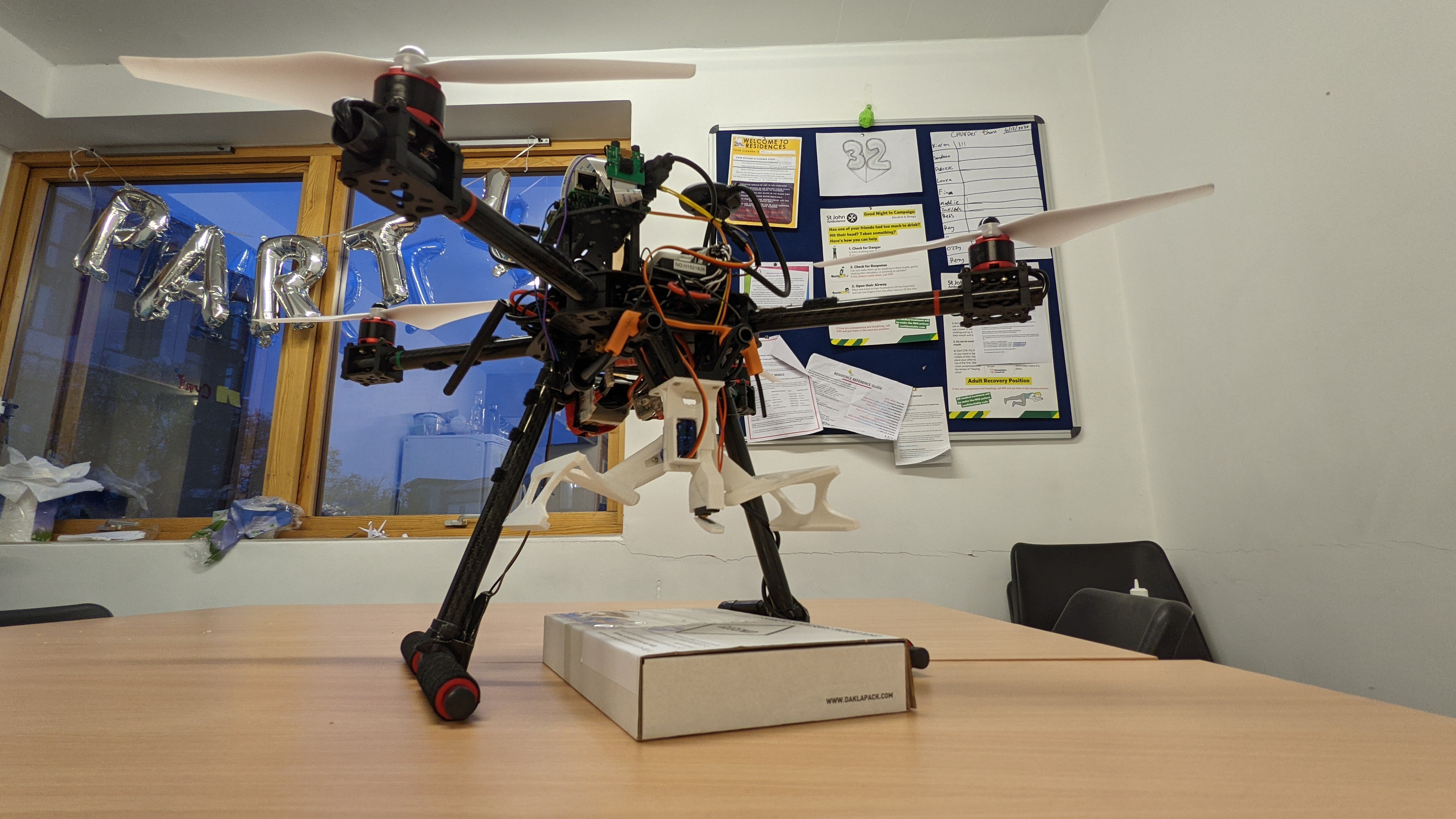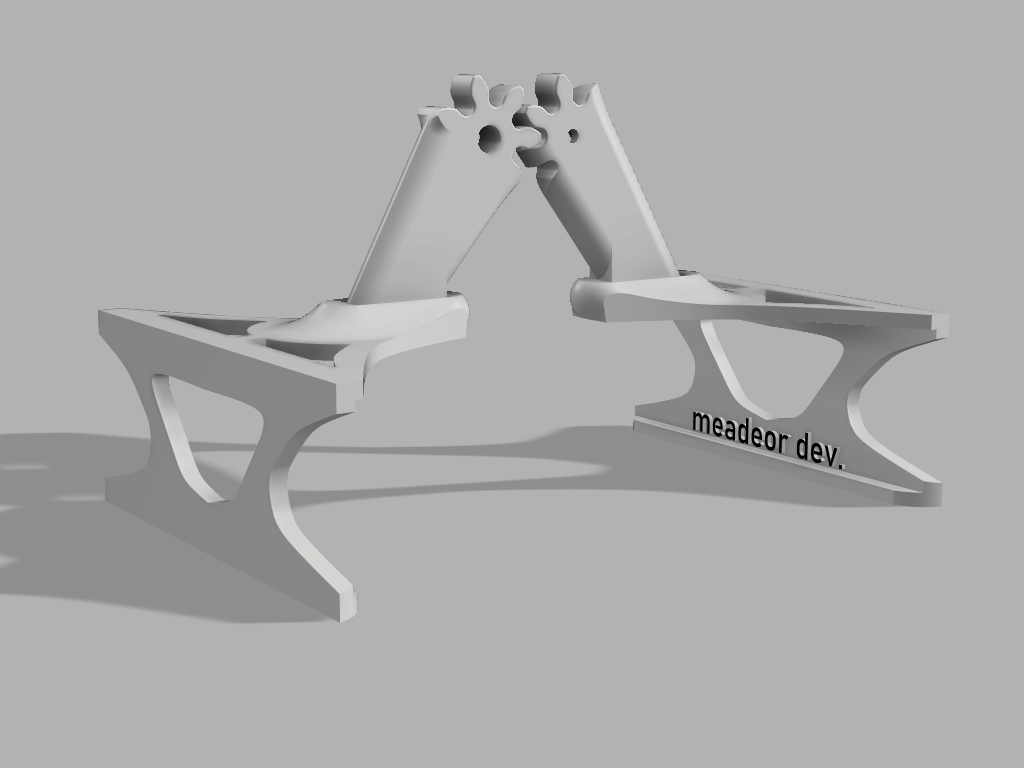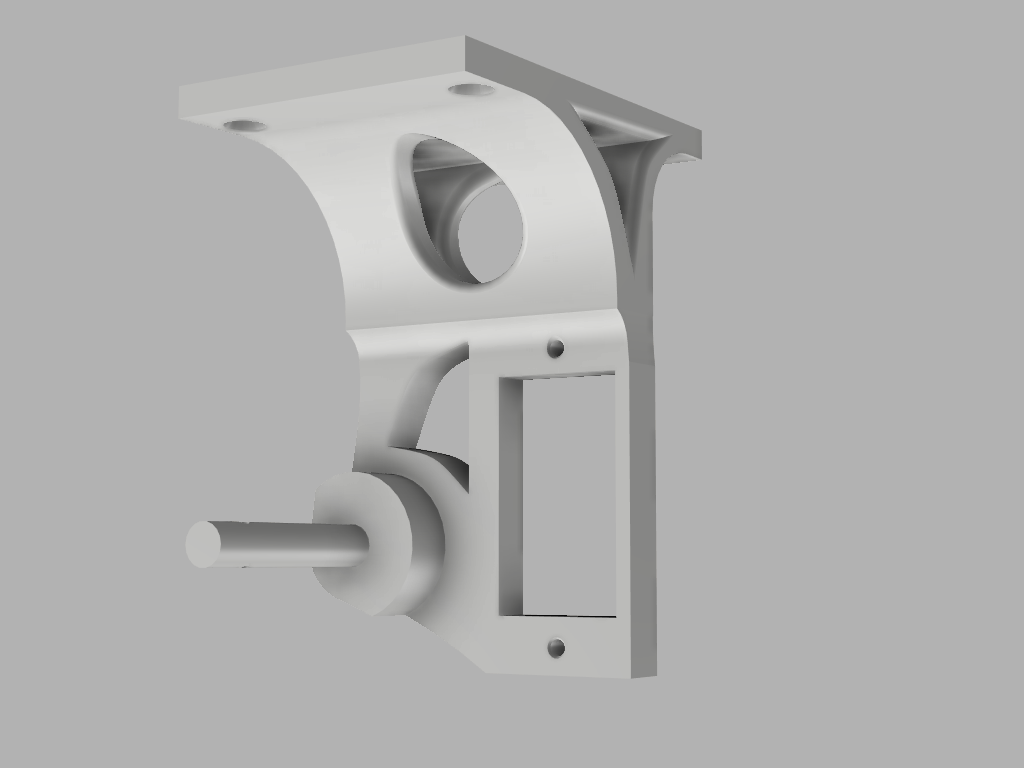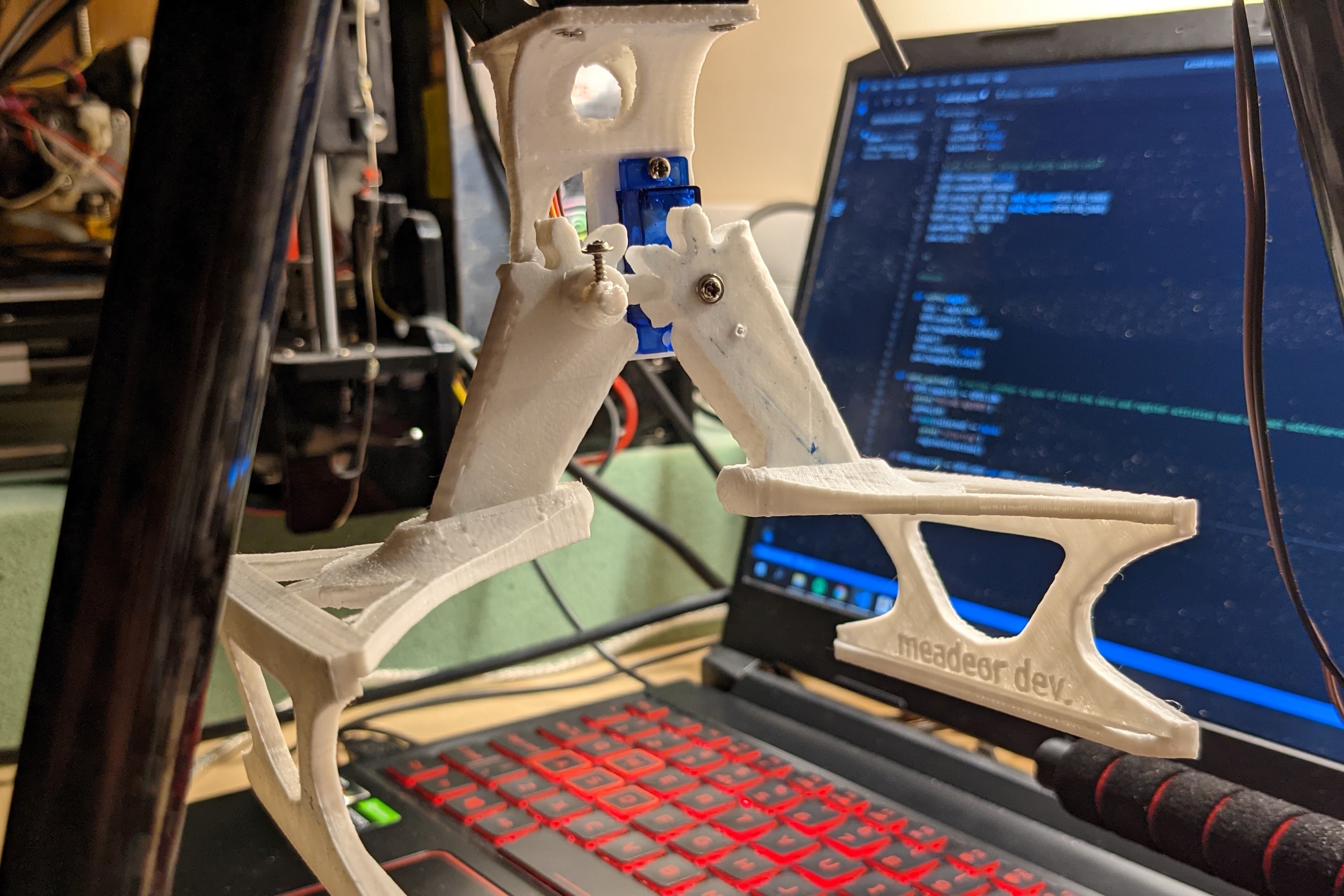Coronavirus Testing/Vaccine Transport Drone by Fin Mead

For this project, I wanted to tackle a key issue with testing for coronavirus and administering vaccinations. Reaching patients.
Now, for a significant portion of the population, travelling to testing facilities or receiving by mail can be very difficult. This can be for several reasons; disability, unstable housing, location (remote regions with poor infrastructure), as well as illness, or lack of resources, transport or delivery services.
Imagine a small mobile platform that can efficiently transport both corona tests and vaccines across vast distances and difficult terrain, with minimal management. A drone with the ability to automatically deliver tests and vaccines as well as retrieve them. With little to no support required. Smart autonomy at its finest. Using mechanical systems were applicable to reduce over complication as well as intelligent pathfinding and autonomous flight.
For example; a disabled older woman who lives alone, with multiple health issues, is in dire need of the coronavirus vaccination but has no one to deliver it to her, no mail service due to her remote location and no mobility to go to a test centre - which could be many kilometres away. Receiving a vaccine seems very implausible.
However, by introducing this drone delivery platform, we can ensure the most vulnerable of our population receives the testing and vaccinations they need and deserve.
Intro: Continuing from HoverGames Challenge 1
The good thing about participating in Challenge 1 is that I already have the drone built and ready, flying straight and working reliably. Seriously, I flew it in my kitchen [don't do this, this is very stupid and dangerous]. Although the drone was now heavily adapted for Fire Rescue missions, I removed all the previous modifications, stripped it back to basics, and started thinking about how to tackle the new system I wanted to build; a Coronavirus vaccine and testing tailored transport system.
Part I: Payload holding design
I started with how I wanted to approach holding the payload in flight [referring to either a test or vaccine]. I landed upon a box-type enclosure with a door, but after preliminary testing, I concluded that it wasn't very aerodynamic and also quite clunky.
Then I thought about a claw type method, two shaped arms that came down and engaged with the payload, like a docking system. In my previous drone platform (challenge 1) I had a payload transport system which although worked, required something being attached to the payload-side permanently, e.g. velcro, a sleeve or pad. But if I want more autonomy, it should transport the payload as it comes, no mods are required. most of the test/vaccine boxes in the UK are the same size [approx 230x133x34 MM], so designing an arm that fits this shape would negate the need for modifying the payload and allow for a more secure fit and consequently, transportation.
Here is the CAD design I came up with after many revisions:

To drive this mechanism, I used a 9g servo. They are lightweight with moderate torque - enough to hold a cardboard test box at least. This could be easily upgraded in the future of course. The servo drives the geared arms to move in sync, clamping and unclamping from the payload. Below is a render of the final revised mounting design.

Once 3D printed, the setup looked like this, with the one arm being driven by a servo and the other mounted onto the dowel and spacers added sync the gearing depth.

After mounting it to the drone, I began messing around with the servo, and how to get it to be controlled by the Raspberry Pi (3B+). Of course, the final version would run via the RPi but through the drone. There are multiple ways to control the motion of a servo using an RPi. Including layouts and libraries. gpiozero, BCM etc. But I decided on using gpio.board...
Read more » Fin Mead
Fin Mead